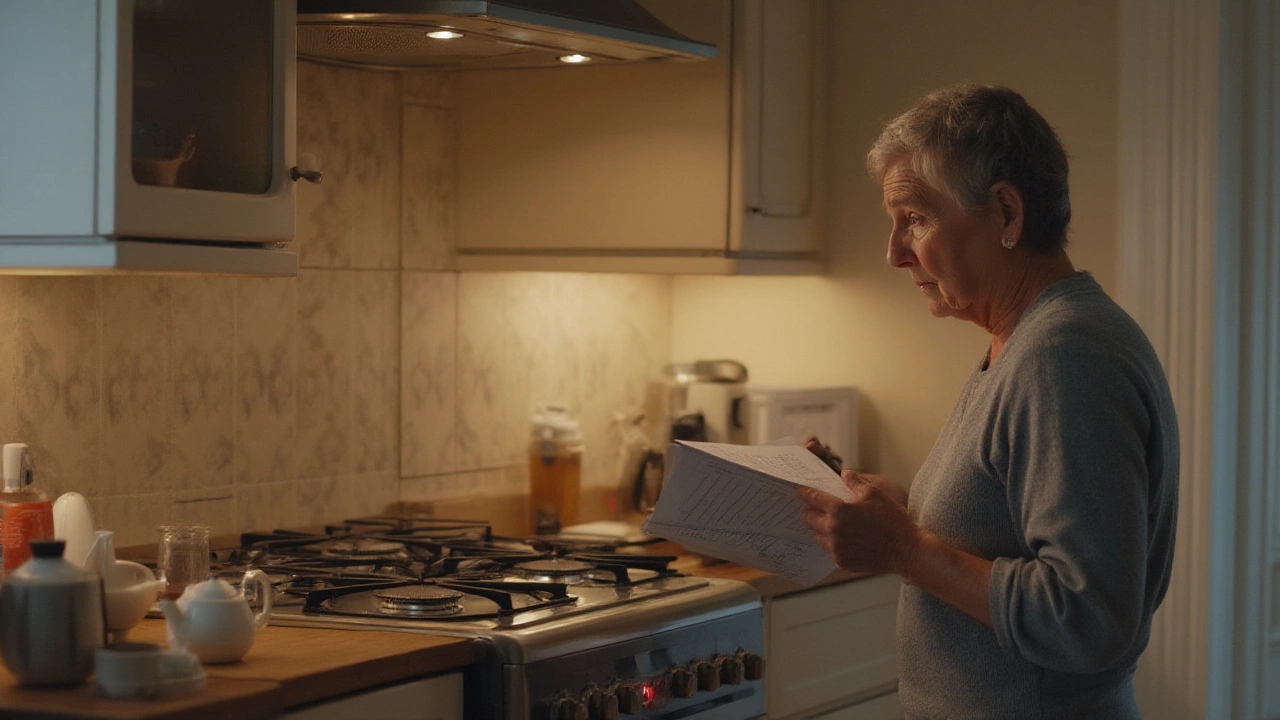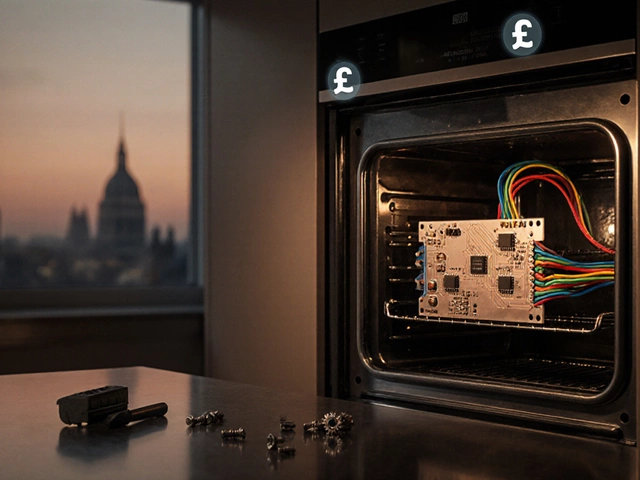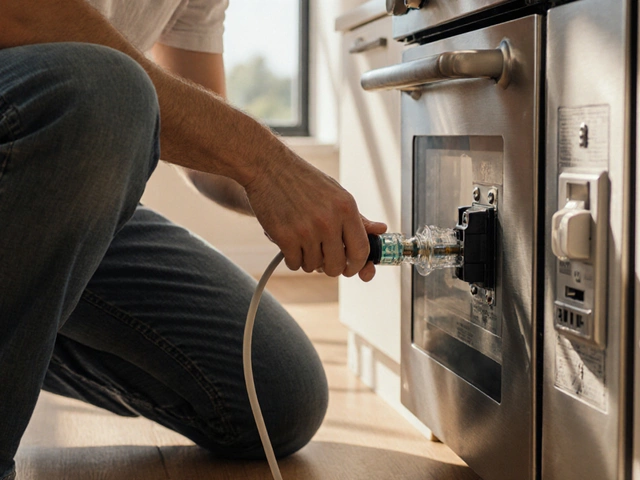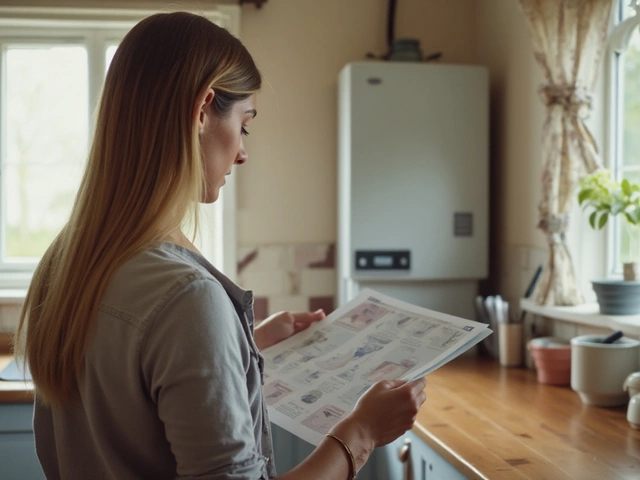If your electric hob stops heating, flickers, or shows error codes, you’re not alone. Most problems come from a few simple places – a burnt‑out element, a faulty switch, loose wiring, or a cracked ceramic surface. The good news? You can often sort these out yourself without calling a technician, saving time and money.
First, make sure the hob is plugged in and the circuit breaker hasn’t tripped. A quick reset can solve a whole lot of hiccups. Next, look at the heating elements. If one burner is cold while the others work, the element is probably fried. You’ll usually see a blackened spot or a faint smell of burnt metal.
Another common issue is a faulty control switch. When you turn the knob and nothing happens, the switch may have lost contact. Simple continuity testing with a multimeter can confirm this. If the switch is bad, replacing it is straightforward – just note the wiring diagram, snap the old switch out, and plug the new one in.
Uneven heating can also be caused by a dirty or cracked ceramic glass top. Food residue can act like an insulator, preventing heat from reaching the pan. Clean the surface with a non‑abrasive cleaner and a soft cloth. If you spot cracks, replace the glass panel; driving a cracked top can be dangerous.
When you need a new element, turn off the power at the mains, then remove the hob’s lower panel – most models use a few screws or clips. Locate the faulty element; it’s usually held by a metal bracket and connected to a terminal block.
Unscrew the bracket, disconnect the wires (note which goes where or take a photo), and pull the element out. Slide the new element into the same slot, re‑attach the wires, and tighten the bracket. Re‑assemble the hob, restore power, and test each burner. You should feel heat within a minute.
While you’re inside, inspect the wiring for signs of wear or charring. If any cables look damaged, replace them – a short can cause the whole hob to stop working and is a safety hazard.
After the fix, give the hob a quick run‑through: turn each burner on, let it heat for a few minutes, and watch for any flickering or odd smells. If everything looks good, you’re done.
When to call a pro? If you find burnt wires, persistent error codes, or the hob still won’t power up after you’ve checked the breaker and connections, it’s safest to contact a qualified appliance repair service. Dealing with high voltage can be risky, and a professional can diagnose hidden faults quickly.
Regular maintenance helps avoid most problems. Wipe spills immediately, avoid dragging heavy pots across the surface, and give the hob a deep clean monthly with a non‑abrasive cleaner. A quick visual check of the elements and switches each year can spot wear before it fails.
In short, most electric hob issues stem from three culprits – elements, switches, or cleanliness. By following a simple safety checklist, testing each part, and knowing when to replace rather than repair, you can keep your hob cooking smoothly for years. And if anything feels beyond your comfort zone, a trusted local repair expert is just a phone call away.

Spotting the two most common electric stove problems can make repairs easier. Learn how to catch signs like faulty burners and control issues with clear, helpful steps.

Thinking of tackling an extractor fan installation on your own? Doing it yourself can be a rewarding project if you have the right tools and know-how. This guide breaks down the process into manageable steps, explains what to watch out for, and offers practical tips to avoid common pitfalls. You'll learn when it makes sense to go DIY and when you might need to call in a pro.

Cracked or damaged glass hobs make you panic, but not every problem spells doom for your stove. This article breaks down what issues can actually be fixed and when it's smarter to replace the glass. You’ll get real-life tips, possible repair options, and clear warnings for common mistakes. Safety comes first, but you’ll also find out when you can handle things yourself—or absolutely need a pro. Practical info, simple steps—you’ll get the full story on glass hob repair.

Learn the typical UK price for an oven control board, factors that affect cost, DIY steps, and when to call a professional in 2025.

Learn why your electric oven suddenly stopped working, diagnose power, element, thermostat or safety fuse issues, and decide when to DIY or call a repair professional.

Flushing your water heater is an essential maintenance task that can extend its lifespan and improve efficiency. As water heaters age, sediment and minerals build up, potentially leading to costly repairs or irreparable damage. Learn how often you should flush a ten-year-old water heater and whether it's worth considering professional help. Discover practical tips and insights for maintaining this critical home appliance effectively.